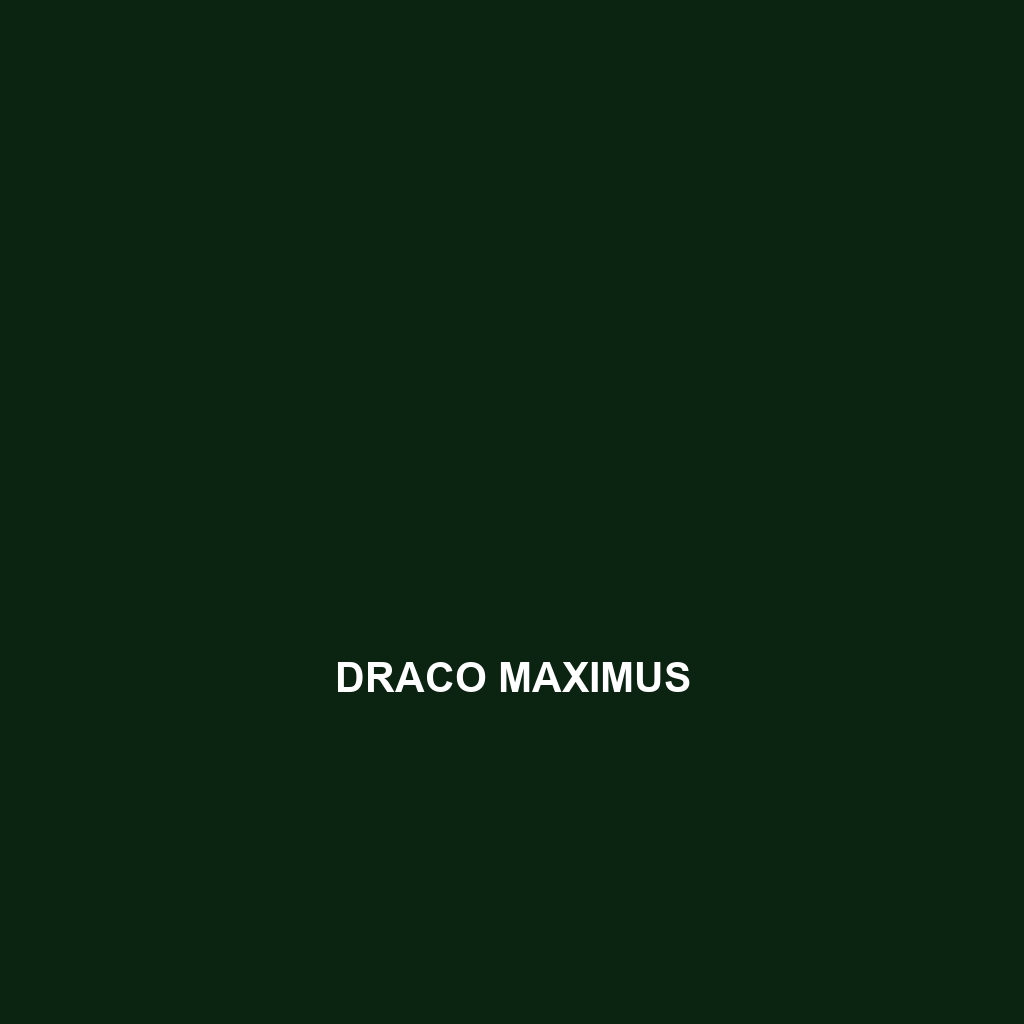Common Name
Draco maculatus
Scientific Name
Draco maculatus
Habitat
Draco maculatus, commonly known as the Spotted Draco, primarily inhabits tropical and subtropical rainforest regions. These lizards are predominantly located in Southeast Asia, particularly in countries such as Malaysia, Thailand, and Indonesia. They thrive in humid environments that range from dense rainforests to open understory layers, showcasing a preference for areas with abundant foliage that provide both cover and feeding grounds.
The climatic conditions within their habitat are typically warm, with temperatures averaging between 20°C to 30°C, along with high humidity levels, which are crucial for their survival. The combination of lush vegetation and ample sunlight makes these rainforests an ideal setting for the Spotted Draco. Furthermore, they are occasionally found in adjacent habitats such as savannas and temperate forests, where they can adapt to varying environmental conditions.
Physical Characteristics
The Spotted Draco is known for its striking and distinctive appearance. Adults can reach an average length of about 20 to 30 centimeters, featuring elongated bodies that are specially adapted for gliding. One of the most remarkable characteristics is their ability to glide between trees, enabled by the membrane of skin that stretches between their limbs, resembling the wings of a gliding reptile.
The coloration of Draco maculatus is not only beautiful but also serves as a method of camouflage in the dappled sunlight of the forest canopy. They boast a rich green to brown hue, adorned with darker spots or stripes that help them blend seamlessly with the leafy surroundings. This adaptation is crucial for both evading predators and approaching prey undetected.
Behavior
Draco maculatus exhibits intriguing behavioral patterns. They are primarily arboreal, spending most of their life in the trees, where they use their gliding ability to move from branch to branch in search of food and mates. Their gliding capabilities are enhanced by a prolonged rib cage that allows them to spread their skin flaps effectively.
Socially, Spotted Dracos can be somewhat solitary, but they are known to engage in displays of territoriality, especially during mating seasons. Mating rituals can be quite elaborate, characterized by displays of color and movement, aimed at attracting potential partners. They are diurnal creatures, active during daylight hours, and exhibit behaviors such as basking in the sun to regulate body temperature and conducting aerial displays to impress females.
Diet
Draco maculatus is classified as an insectivore, with a diet primarily consisting of various insects and invertebrates. Their hunting strategy is quite fascinating; they utilize their excellent camouflage to ambush prey and can often be seen actively foraging on leaves and branches.
In addition to insects, they may occasionally consume small fruits or nectar, showcasing some omnivorous tendencies, though these are less prevalent. The dual role as predators and occasional fruit consumers makes them important players in maintaining the balance within their ecosystems.
Reproduction
The reproductive cycle of Draco maculatus typically occurs during the warmer months of the year when conditions are conducive to breeding. Males perform elaborate displays to attract females, including head bobbing and gliding maneuvers. After mating, females lay eggs in secluded locations within tree hollows or under bark, ensuring protection from potential predators.
The incubation period for the eggs generally spans approximately 60 to 90 days, after which hatchlings emerge fully developed and ready for survival. Parental care is minimal; however, the careful selection of laying sites and the use of camouflage helps ensure the survival of the species.
Conservation Status
The conservation status of Draco maculatus is currently classified as Least Concern according to the IUCN Red List. However, the species faces potential threats from habitat destruction due to deforestation and urban development. Conservation efforts are underway in various regions to preserve the rainforest habitats crucial for their survival. Protecting these ecosystems not only benefits the Spotted Draco but also the vast array of biodiversity that relies on them.
Interesting Facts
One of the most captivating facts about Draco maculatus is its remarkable ability to glide. Capable of covering distances up to 10 meters in a single glide, these lizards can maneuver effectively through the forest canopy, which is critical for escaping predators and accessing food. Additionally, they are known for their unique throat flap, which can expand during display rituals to attract mates, showcasing their health and genetic fitness.
Role in Ecosystem
Draco maculatus plays a vital role within its ecological niche. As an insectivore, it helps regulate insect populations, contributing to the overall health of the forest ecosystem. In addition to their predatory role, they also act as pollinators and seed dispersers, particularly when partaking in the occasional fruit consumption.
The interactions between Spotted Dracos and other species within their habitat cultivate a balanced ecosystem, where they contribute to biodiversity and environmental stability. Their presence is an indicator of a healthy forest, emphasizing the importance of conserving their habitats.
